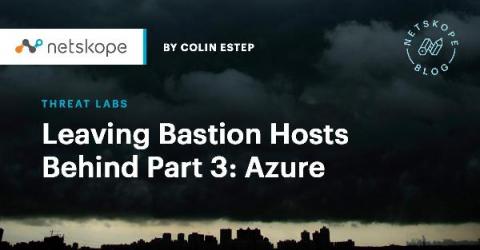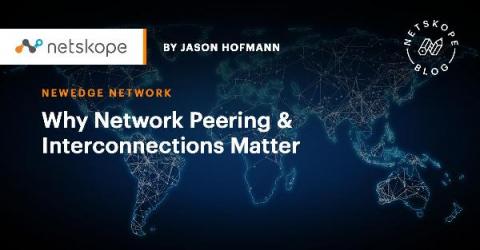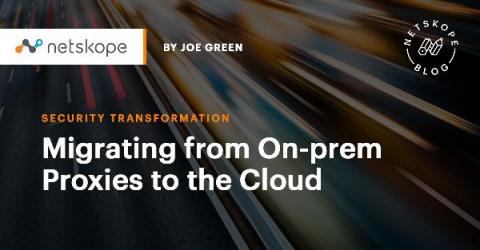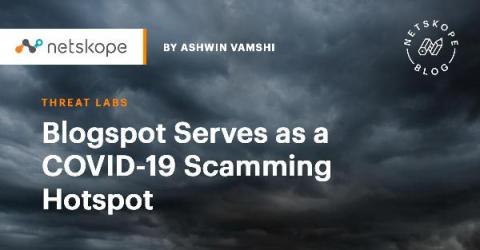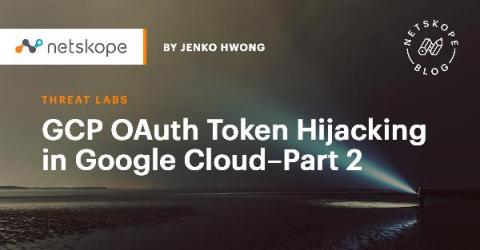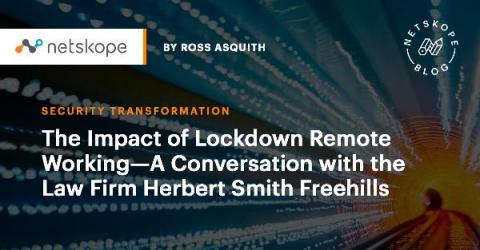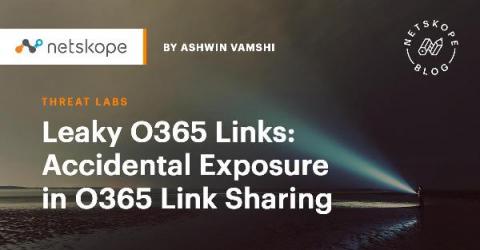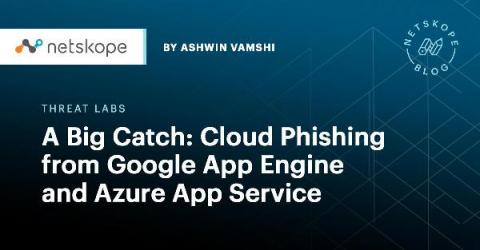Risky Business: How COVID-19 changed user behavior
The COVID-19 pandemic caused an abrupt change — a sudden and lasting shift to remote work for the majority of knowledge workers. The number of people working remotely more than doubled in the span of a few weeks. Among the many challenges that security organizations faced during this transition was a change in user behavior.



